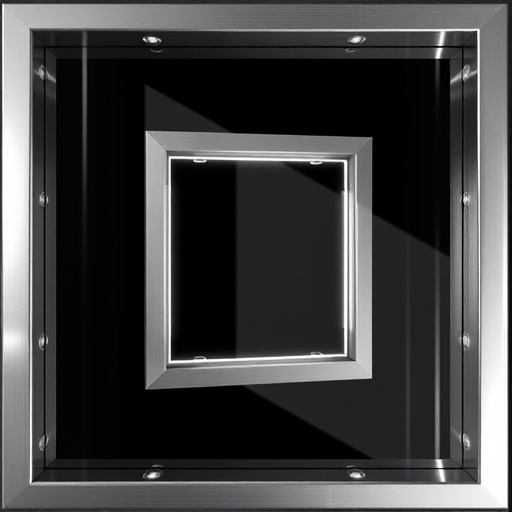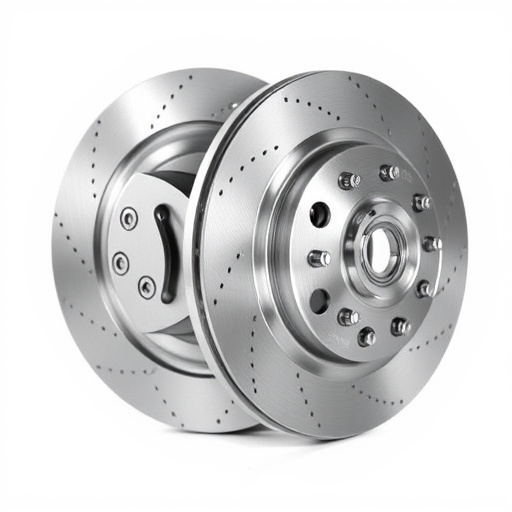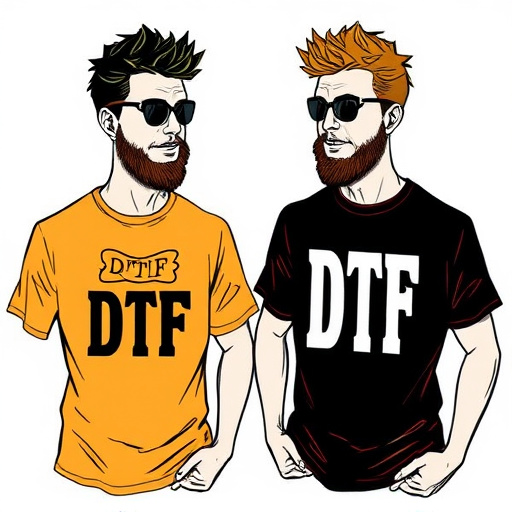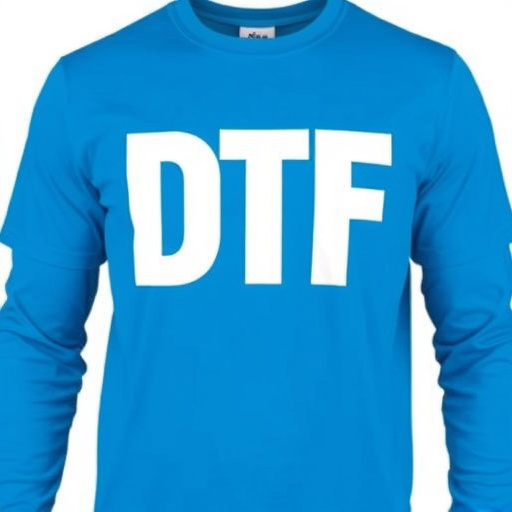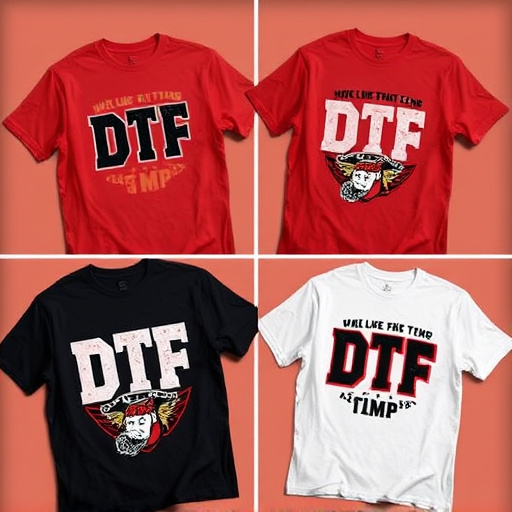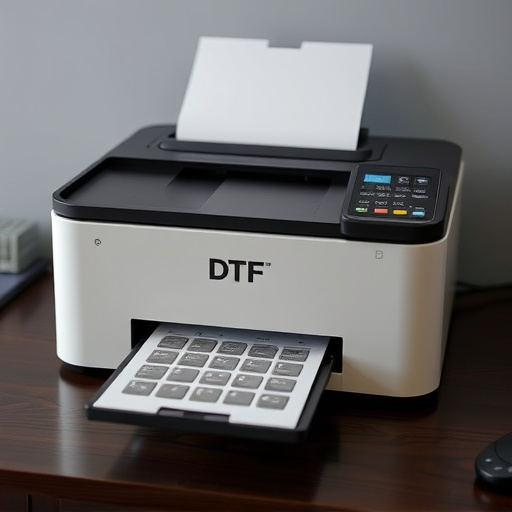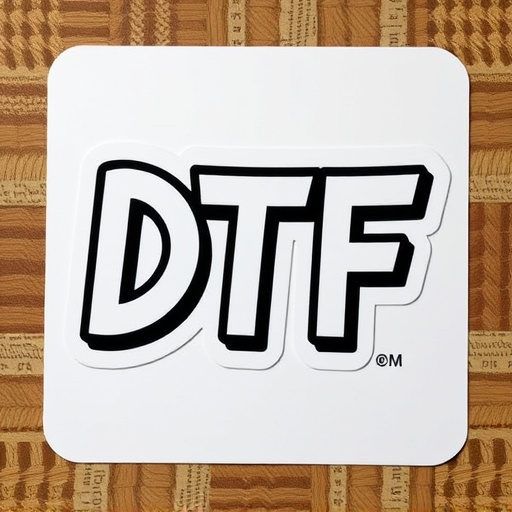DTF (Direct to Fabric) Transfers revolutionize custom design printing with versatility and efficiency for small batches, offering vibrant print quality on various fabrics. Designing seasonal collections tailored to occasions, optimizing artwork for DTF transfer ready-to-press format, and mastering pressing techniques ensure optimal results. Top-tier printers' DTF Transfer Ready To Press technologies, clean workspaces, preheating presses, even pressure distribution, and medium-high heat pressing for 30-60 seconds yield high-quality outcomes. Cold peel transfers with heat-resistant release paper streamline operations for high-volume applications.
Discover the art of creating captivating seasonal lines with Direct-To-Fashion (DTF) transfers. This guide unravels the benefits of DTF technology, empowering you to design and produce unique clothing collections efficiently. From preparing your artwork for optimal transfer to mastering pressing techniques, we’ll walk you through each step. Elevate your creations with DTF’s versatility and speed, ensuring your designs are not just ready to press but also ready to make a lasting impression in the fashion world.
- Understanding DTF Transfers and Their Benefits
- Preparing Your Design for Seasonal Lines
- Pressing Techniques for Optimal Results
Understanding DTF Transfers and Their Benefits
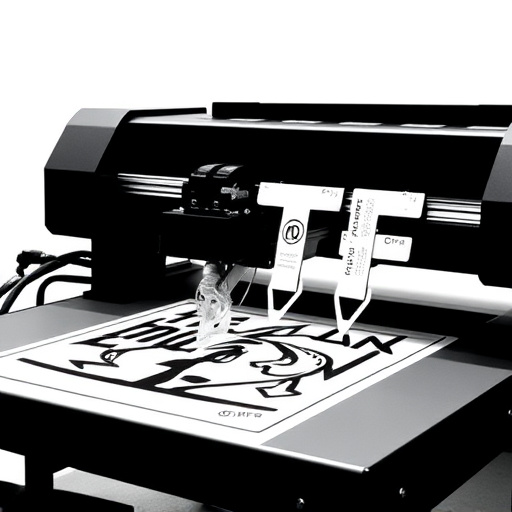
DTF (Direct to Fabric) Transfers are a cutting-edge printing technology that has revolutionized the way we create custom designs on various materials, especially dark fabrics. This method offers numerous benefits for businesses and individuals looking to produce unique, high-quality products quickly and efficiently. With DTF Transfer Ready To Press solutions, creating seasonal lines or limited-edition items becomes an accessible and versatile process.
One of the key advantages is its versatility; DTF printing can be applied to a wide range of fabrics, from cotton tees to polyester jackets, allowing for creativity in clothing design. Custom DTF transfers enable businesses to offer personalized products while keeping production costs relatively low. The ease of use is another standout feature; designers can simply create their artwork and print it directly onto the transfer sheets, then apply the design to the fabric with heat, making it an efficient solution for small batch productions or even single items. This technology ensures that every detail is crisp and vibrant, delivering exceptional results on demand.
Preparing Your Design for Seasonal Lines
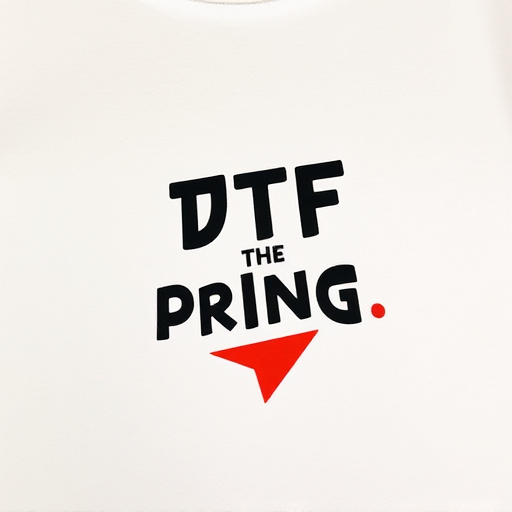
Creating seasonal lines with DTF (Direct-to-Fabric) transfers is an efficient way to offer limited-edition designs for various occasions. Before diving into production, preparing your design for a DTF transfer ready-to-press format is paramount. This process involves optimizing your artwork for the specific printing technique and ensuring it aligns with the desired seasonal theme.
When designing for DTF printing on dark fabrics, consider color contrast as lighter inks adhere better to darker garments. This is crucial for achieving crisp, vibrant prints. Custom t-shirts are a popular choice for seasonal lines, so creating visually appealing designs that speak to current trends and holidays can capture the interest of customers looking for unique, timely merchandise.
Pressing Techniques for Optimal Results
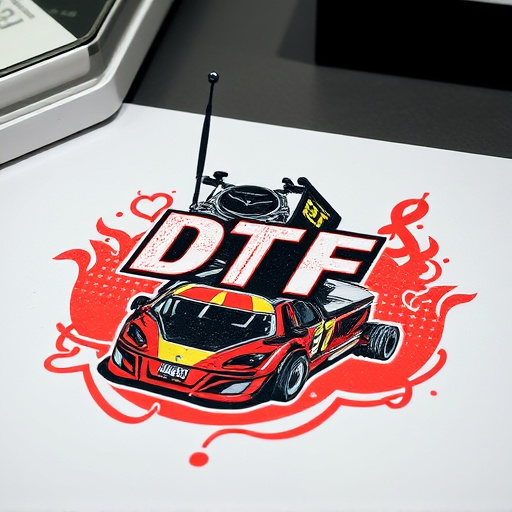
To achieve optimal results with DTF Transfers, mastering pressing techniques is key. The process involves applying heat and pressure to ensure the design seamlessly fuses with the substrate, be it fabric, plastic, or wood. When using a DTF Transfer Ready To Press, such as those offered by top-tier providers of best DTF printers, proper technique becomes even more crucial. Start by ensuring your workspace is clean and free of debris. Preheat your press to the recommended temperature for your specific material and transfer. Even pressure distribution across the entire surface of the design is vital; use a rolling pin or specialized pressing tool to achieve this. The duration of the pressing process varies depending on materials, but generally, 30-60 seconds at medium to high heat should suffice.
A key consideration is choosing the right pressure. Too little pressure may result in poor adhesion, while excessive force can cause damage. For bulk DFT shirt production or other high-volume applications, employing a cold peel DTF transfers method can streamline operations and reduce waste. This technique involves using a heat-resistant release paper that facilitates easy removal of the transfer after pressing. By honing your pressing techniques and selecting the suitable materials, you can consistently produce high-quality results with your DTF Transfers, opening up new creative possibilities for your projects.
DTF (Direct-to-Fabric) transfers offer a versatile and efficient way to create custom designs for seasonal lines. By understanding the benefits of this technology, preparing your design with precision, and mastering pressing techniques, you can achieve outstanding results. With these steps, you’re well-equipped to produce high-quality, DTF transfer-ready-to-press designs that capture the essence of each season.

